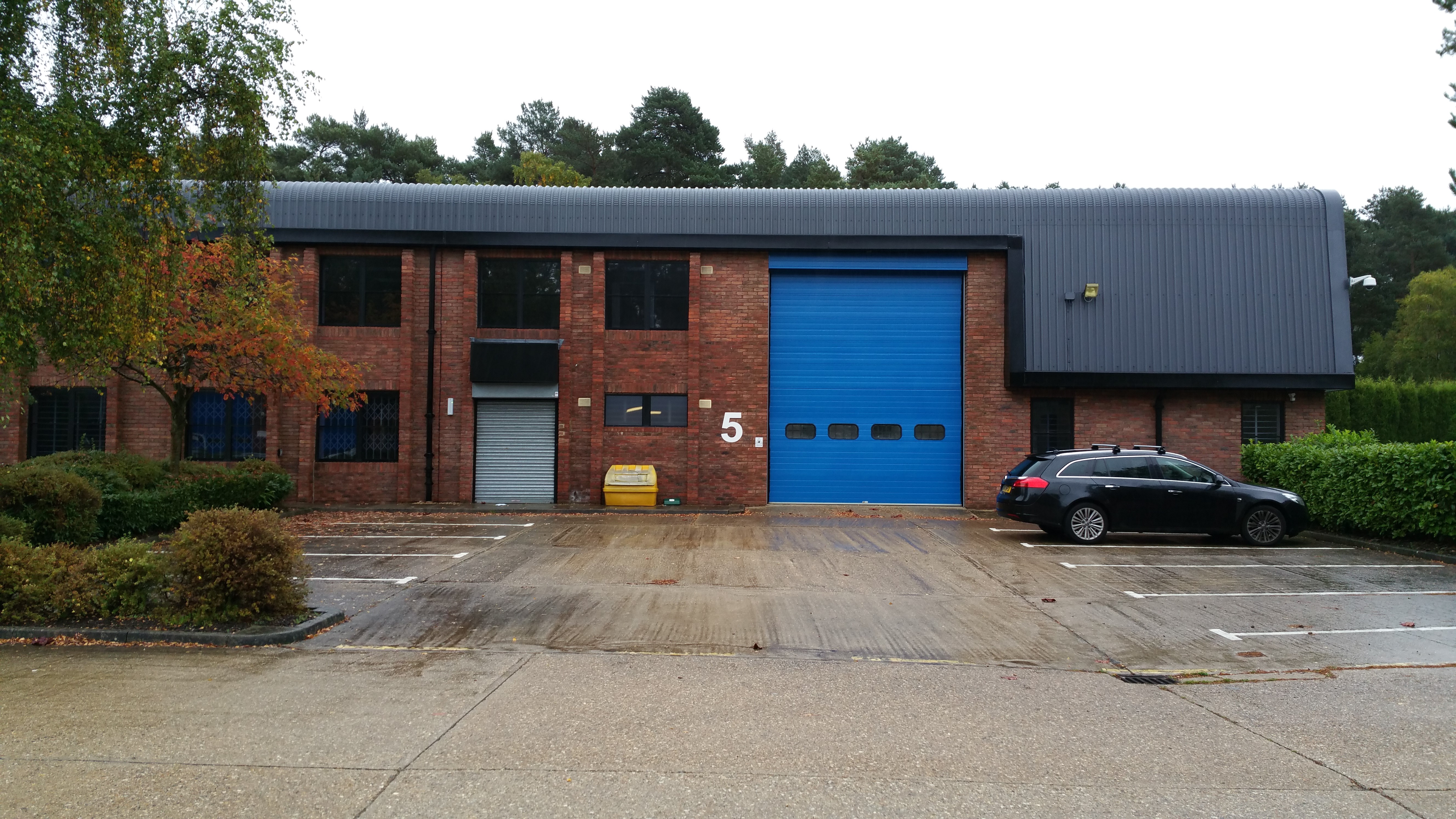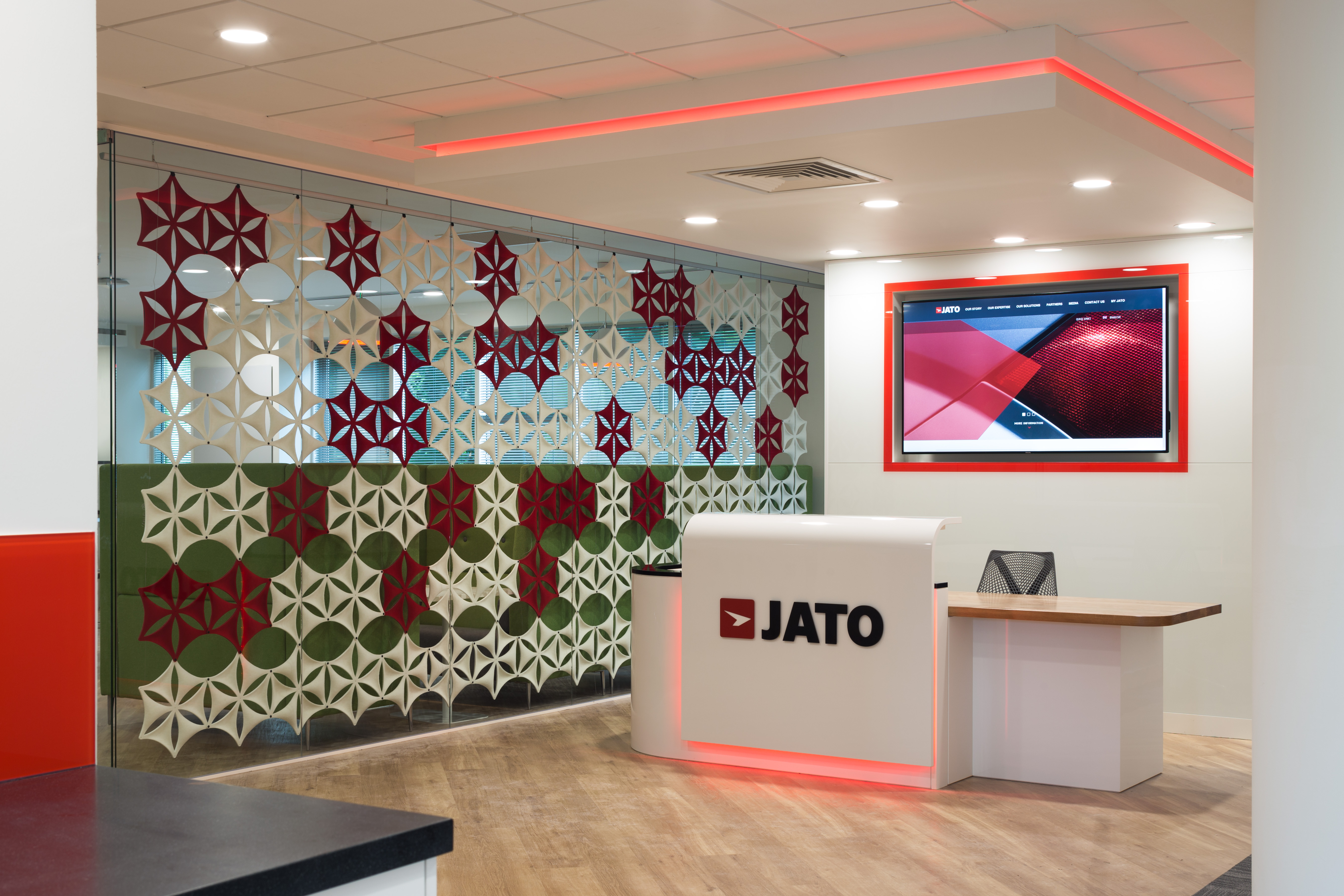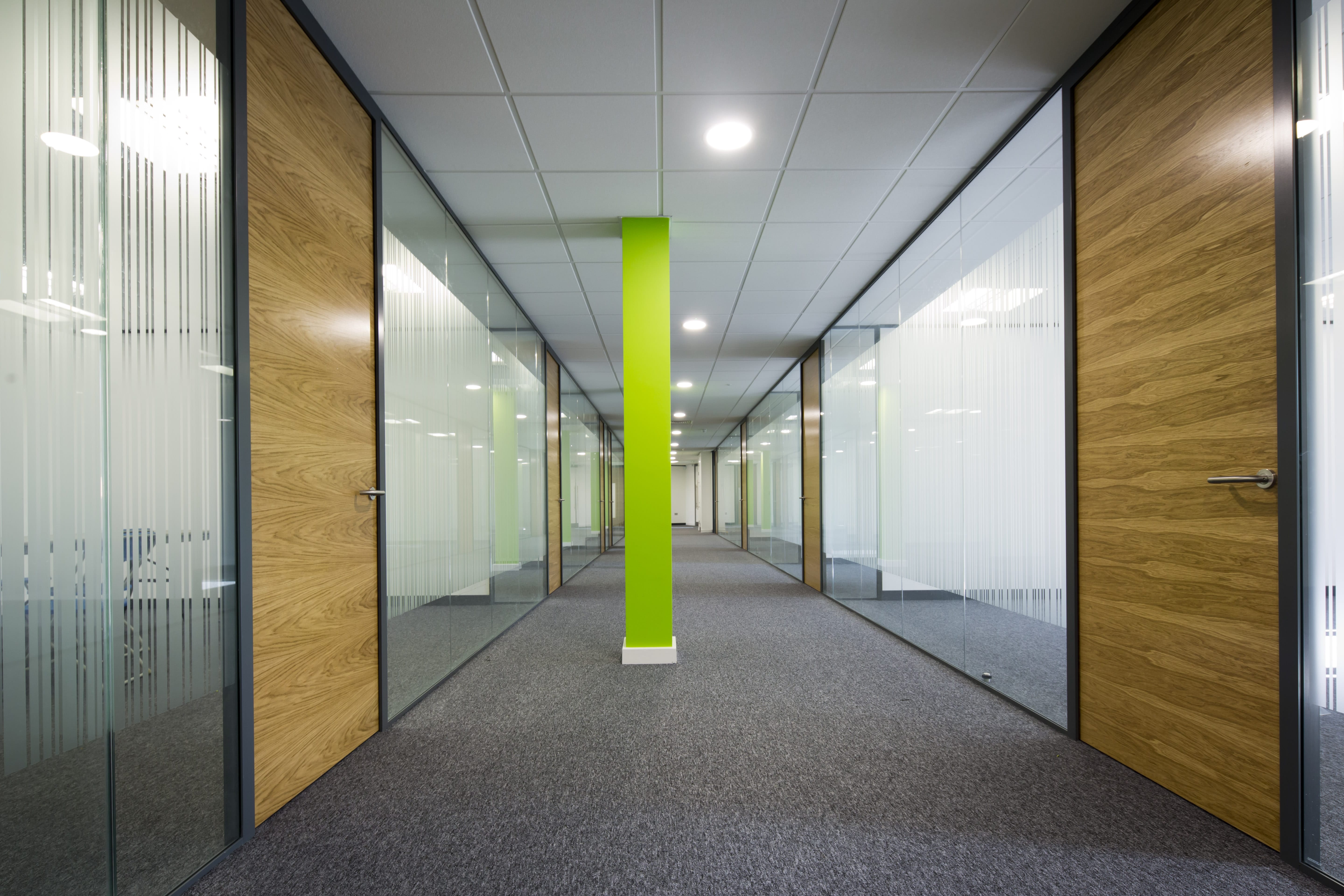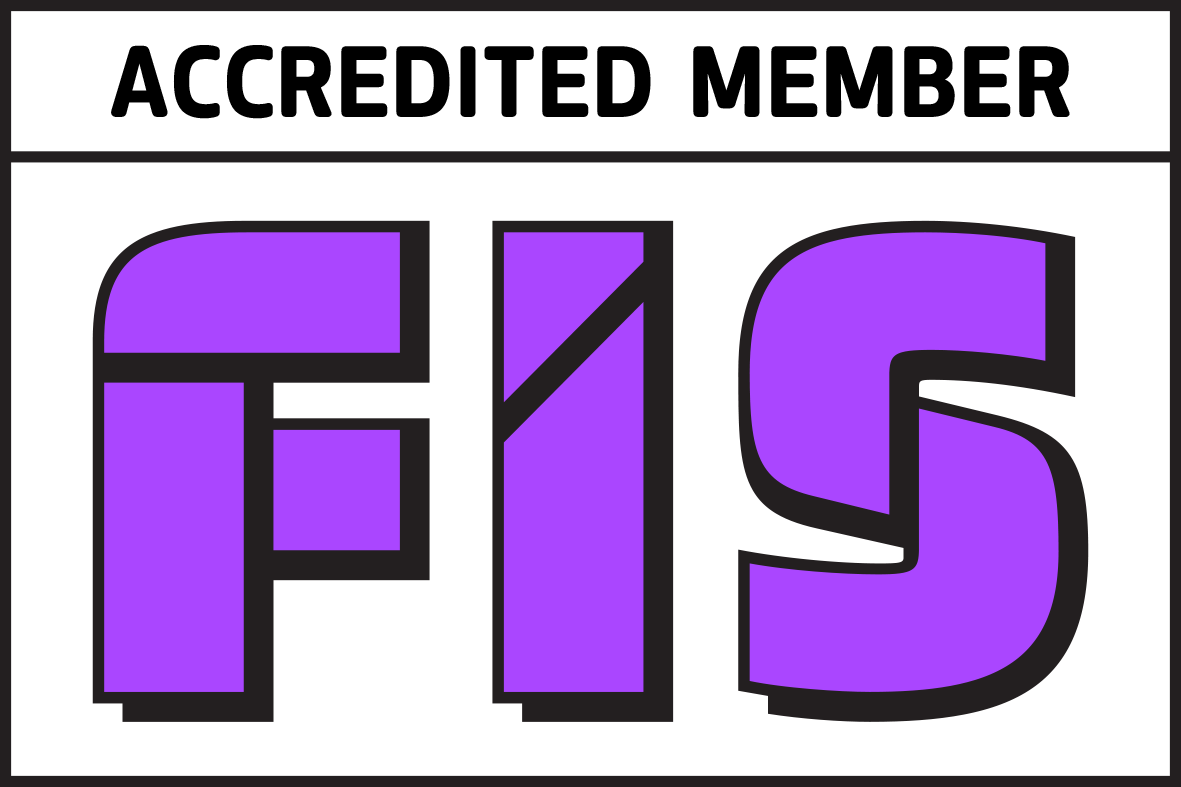Bright Ideas: What you Need to Know about Workplace Lighting
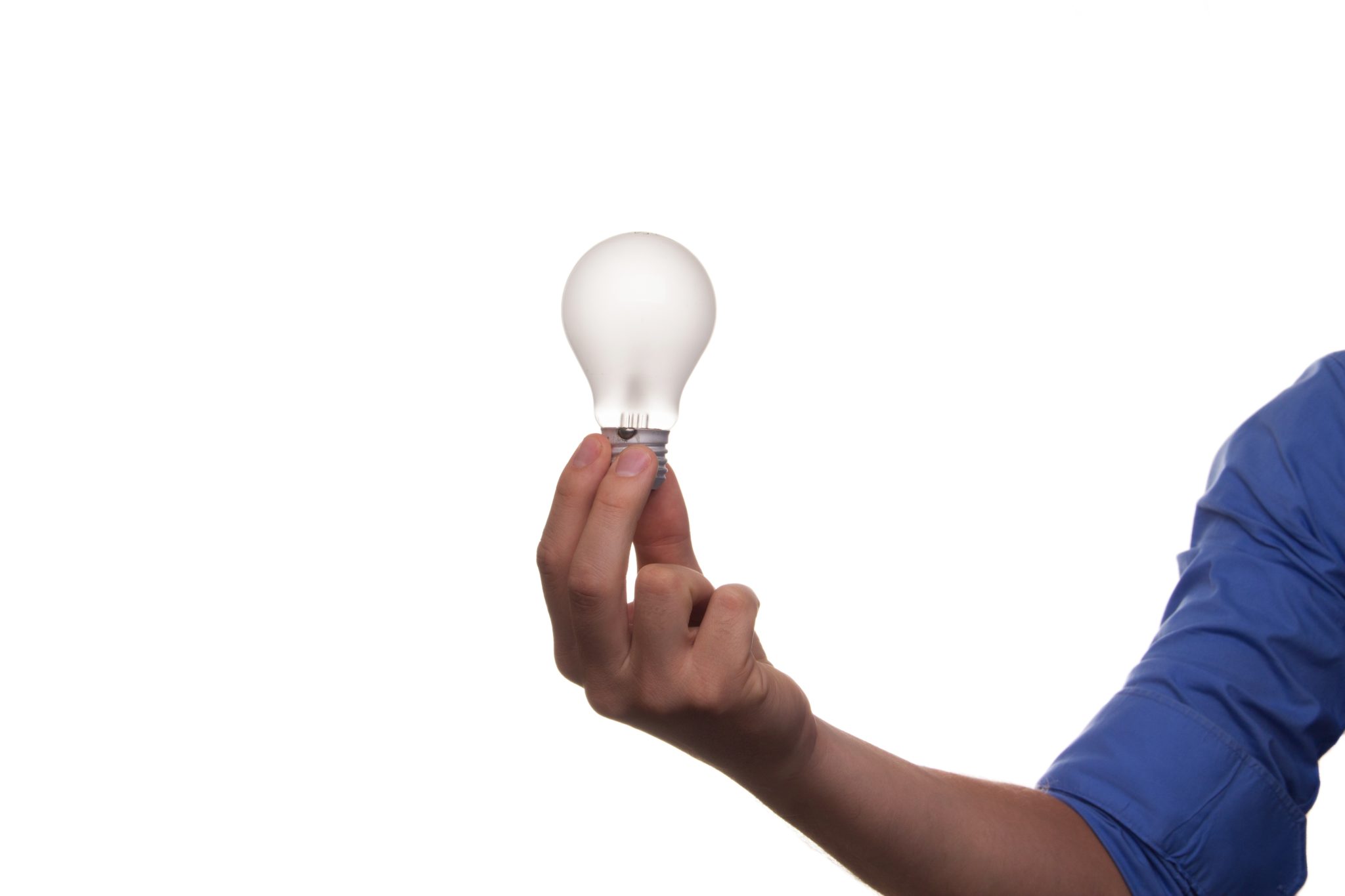
Every winter in the UK, around 3% of the population find themselves struck down with debilitating symptoms such as low mood, lethargy, and difficulty concentrating. No, it’s not the flu – it’s seasonal affective disorder.
While it’s not known exactly what causes the winter blues, it is thought to be associated with light. A lack of sunlight is linked to low serotonin levels and the disruption of your circadian rhythms, which can play havoc with your body clock and mood.
We humans, in other words, are hugely sensitive to changes in light. And yet when you consider the average workplace, a vision of blinking fluorescent bulbs, windowless offices and dim corners comes to mind. It’s not surprising that a huge number of people are dissatisfied with the lighting in their working environments; in one American study, it was found that 68% of employees had complained about their office lighting.
Poor lighting in a workspace – whether it’s too dim or too harsh – can cause strain on the eyes, headaches and migraines, and create difficulty concentrating. In short, it can seriously impact productivity.
The question is: how is good workplace lighting best achieved?
Make the Most of Natural Light
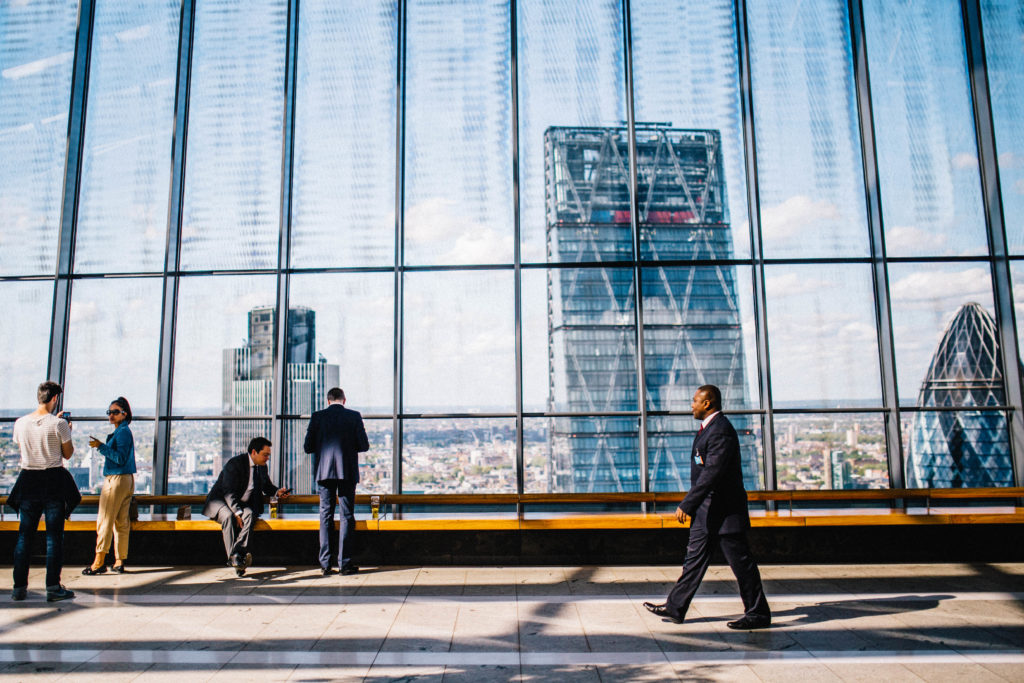
As we’ve spoken about previously, employee wellbeing can be achieved through techniques such as biophilic design, which incorporates lots of natural light. If you’re planning an office refurbishment or relocation, try to make more of the natural light you do have when designing your workplace environment.
Ultimately, the more employees you can position close to natural light sources, the happier and more productive they’ll be.
Mimic Natural Light
Try to mimic natural light as much as you can with your lighting plan. Many offices will use daylight bulbs, which have a generous light output and excellent Colour Rendering Index.
Overhead lighting should be well diffused to reduce hot spots and glare, and to give a more natural feel. Using a light, matt finish for the walls of your office space will help to reduce dark shadows and contrast and reflect indirect lighting. If your budget allows, you could even install an LED sky ceiling.
Use a Combination of Light Sources
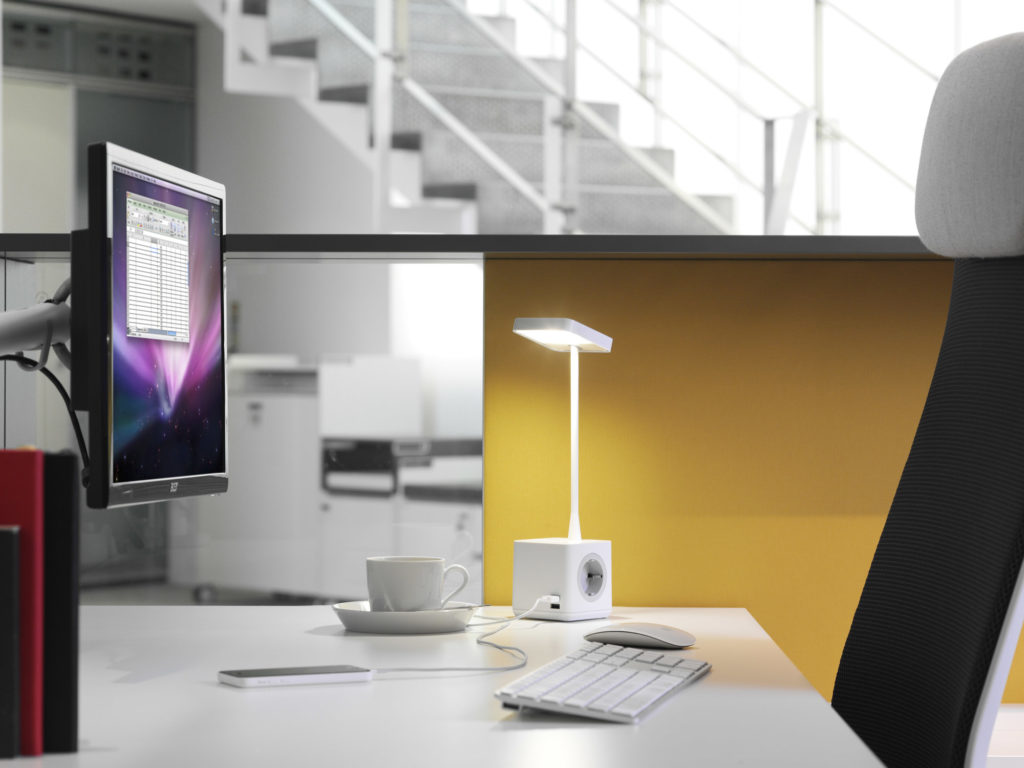
To reduce glare in the office, you’ll want to have plenty of indirect lighting overhead – but that shouldn’t be the only light source available to your employees. Install some direct task lighting (e.g. desk lamps), as this will offer individual employees control over the lighting in their area. Task lighting may also help to reduce energy costs as it can be utilised as and when it’s needed.
Save Energy
We all want to be better at doing our bit for the environment – and the good news is that saving energy goes hand in hand with saving money. When designing your new lighting, consider switching to LED. As we’ve outlined here, the average LED light panel lasts for 10 years and is far more eco-friendly than lighting that uses standard bulbs or tubes.
Follow the Rules!
Last, but by no means least, you’ll want to make sure your lighting adheres to the rules and regulations, which you can check out here.



